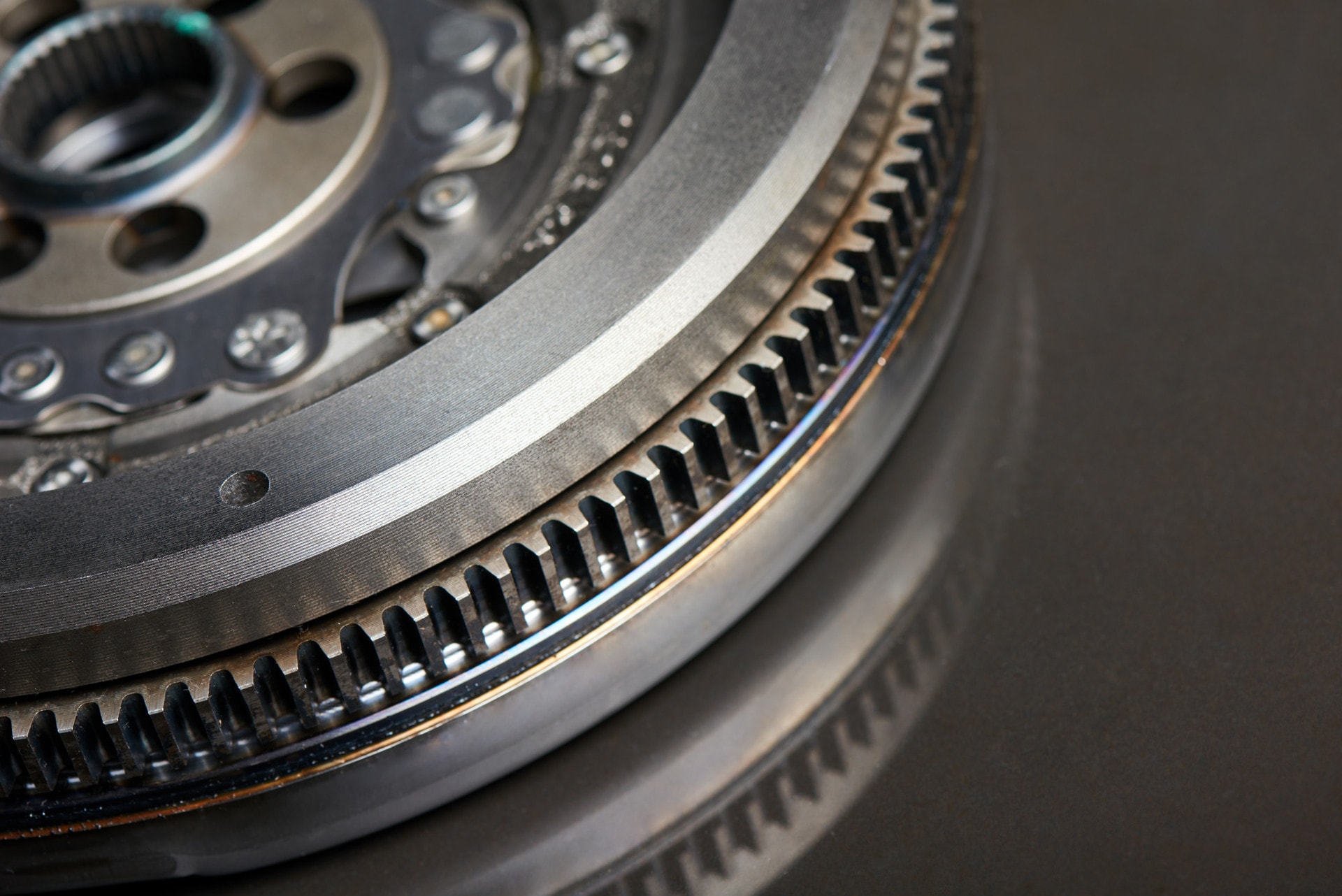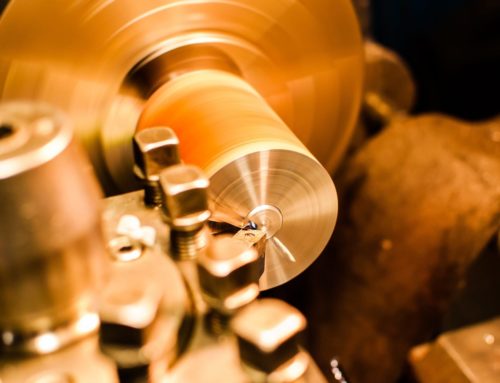Precision manufacturing in the United States creates nearly $10 billion in product every year, according to Census data. And one of the most important tools in this sector is the electric lathe, which requires precision and power to make a host of products. These incredible manufacturing machines rely on an electric motor brake to stop their high-speed loads.
The brakes stop these high-load machines without friction—and the resulting wear—using magnetic fields to slow the motor. In the following article, we’ll take a look at how these mechanical marvels work.
Electric Motor Basics
Electric motors are all around us, from the toothbrush in the bathroom to the blender in your kitchen. There are even two on the computer you are likely viewing this article on. There’s one spinning your hard drive and another in the computer’s fan.
The magic of these motors is in nature’s magnetic fields. And while industrial motors work differently than the ones in your ubiquitous home appliance, they still work using the application of magnetic fields.
Electric motor brakes work on the same premise.
For most electric motors, you fashion a rectangular loop from a piece of wire. This wire is then situated between a magnet’s poles. When current is applied to the wire, a magnetic field is created.
This temporary magnetic field causes the wire to move or to flip.
In the standard motor, a piece called the commutator reverses the field’s polarity, causing the wire to flip again and move continuously. This movement is what causes the axel of the motor to spin round and round. It is important to note that this process describes direct current, or a DC motor.
Direct current is what runs most battery-powered items.
AC Motors
The AC induction motor, which powers most of your industrial lathes, uses alternating current or AC. There’s a squirrel cage (metal bars), a metal axle, the wire loop, and a coil. Here, the power is sent to the outer ring (rather than the DC motor’s inner ring).
The power energizes the coils in pairs, and that field usage is what spins the motor at high speeds.
Where Does an Electric Motor Brake Come In?
The reason these induction motors operate may seem simple, but these are heavy-duty pieces of equipment. They rely on steady amounts of AC power, and they spin in direct correlation to how much power they receive.
To make this powerful engine stop, circuits send current to the brake’s windings. In the same way that the motor works, a magnetic field is created and the brakes are applied.
How Is It different Than friction?
Friction braking all basically boils down to physical pressure applied to the spinning axle or wheel. It needs something to exert pressure. The pressure is applied through pads, which rub against the spinning rod.
Think about a bicycle brake.
It’s the same concept. With an electric break, your electric motor doesn’t experience that physical resistance. Friction braking creates wear and tear and a great deal of maintenance.
Less Downtime, Better Speed Control
Maybe the most important thing you need to know about an electric motor brake is that it can mean a better quality product for your business through superior speed control. And since you don’t have to go through the timely process of a mechanical shutdown, using these breaks will save you employee downtime.
And for your bottom line, those may be the most serious reasons to make sure you have superior electric brakes.
Ready for a new braking system? Contact us today to talk to a trained service professional.






